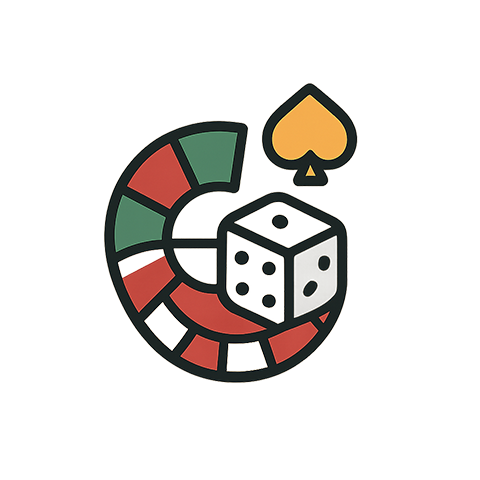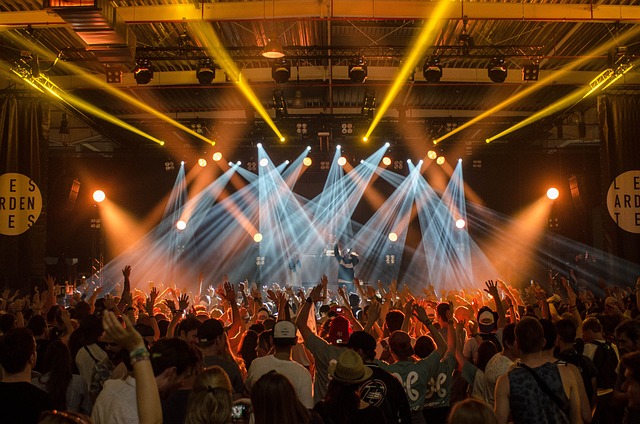There’s a certain thrill in walking through the doors of a bustling casino — the hum of conversation, the clatter of chips, the flicker of slot machines all around. But for many gambling enthusiasts, the heart of the action lies around the tables. Whether it’s poker, blackjack, roulette, or baccarat, the number of tables in a casino can tell us an incredible amount about the gaming atmosphere, crowd dynamics, and even your odds of finding an open seat at your favorite game.
The number of tables in a casino is not just a matter of quantity; it’s a reflection of the casino’s character and focus. A high-end resort casino in Las Vegas might boast hundreds of tables, each devoted to a different game or style of play. Meanwhile, a smaller local casino may offer just a few, intimate settings designed to cater to loyal regulars. The gaming floor can vary dramatically from one establishment to the next, but each table offers its own unique slice of gambling experience.
For gamblers, the significance of the number of tables goes beyond aesthetics or planning. It’s about strategy, opportunity, and excitement. More tables can mean shorter wait times and more options. Want to play blackjack at a $5 minimum bet? Chances are, if there are over 50 tables in the house, you’ll find one. Prefer a quiet poker room as opposed to a high-stakes corner? The number of tables increases your chance of discovering an experience that suits your mood and your bankroll.
From a more strategic standpoint, having access to multiple tables plays directly into one’s betting approach. In games like poker, players might move between tables, seeking ones where opponents are more advantageous. Likewise, roulette players may prefer switching tables depending on wheel bias, dealer habits, or table energy. The richness of choice becomes a tool for the observing, calculated gambler.
But the number of tables also introduces an entirely different aspect to gambling — social dynamics. Think of a packed Friday night in a major casino. Each blackjack table buzzing with conversation, the smattering of cheers at every roulette win. These tables become social hubs. They’re more than just physical platforms for gambling — they’re part of the culture. Each dealer, each regular player, each betting round adds life and character to the scene.
Meanwhile, high-limit rooms with fewer, more exclusive tables offer another dynamic — luxury and discretion. The limited number of tables here is deliberate, creating a quieter, more intense environment for big plays. In this world, VIP casinos might limit access to just a handful of tables, making every seat a symbol of prestige.
As you enter any gaming establishment, take a moment to count — whether vaguely or precisely — the number of tables around. It’s not just for orientation, it’s an insight into the casino’s priorities. Are they focused on fast turnover with mass-market games, or are they catering to high-rollers and experienced card sharks? Does the environment feel communal and electric, or refined and serious? These observations start with table count.




